6.1 Understanding Medication Labels
Learning Objectives
By the end of this chapter, learners will be able to:
- describe and Identify the key components of a medication label
Describe and Identify the Key Components of a Medication Label
Medication containers are labeled with various types of information about the particular medication inside. When administering medications, you must understand what the numbers on the label represent to determine the correct amount of medication to give. Medication labels may be formatted differently, but contain particular types of information about the medication. This chapter reviews the components of the label you should be familiar with when determining how much of a medication to give.
When you read the information on the medication label, be sure to note the medication name, the quantity of medication in the container, and the expiry date. The quantity of medication may be measured using a variety of units, such as milligrams (mg), grams (g), or international units (IU). For liquid medications, the total volume and concentration of medication in the container will also be written on the label. It is important not to confuse the concentration with the total amount of medication in the vial. Concentration is often given as a quantity of medication in a particular volume, which is often only part of the total volume in the container. For example, the concentration of a liquid medication could be 5 mg/1 mL. This would indicate there are 5 mg of medication in every 1 mL of liquid.
In addition to numerical information related to the dose, the package may include numbers representing the expiry date, reconstitution information, lot number, and non-medicinal ingredients. Other key information includes the medication name, which may be listed with both the generic and trade name in some cases, what route the medication may be used for, and the pharmaceutical company name. Alternatively, some of this information may be included on the box or wrapper the medication was packaged in or on an information sheet inside the package.
In the image below, note the generic name, the milligrams of medication (amount) per tablet, and the total number of tablets in the package.
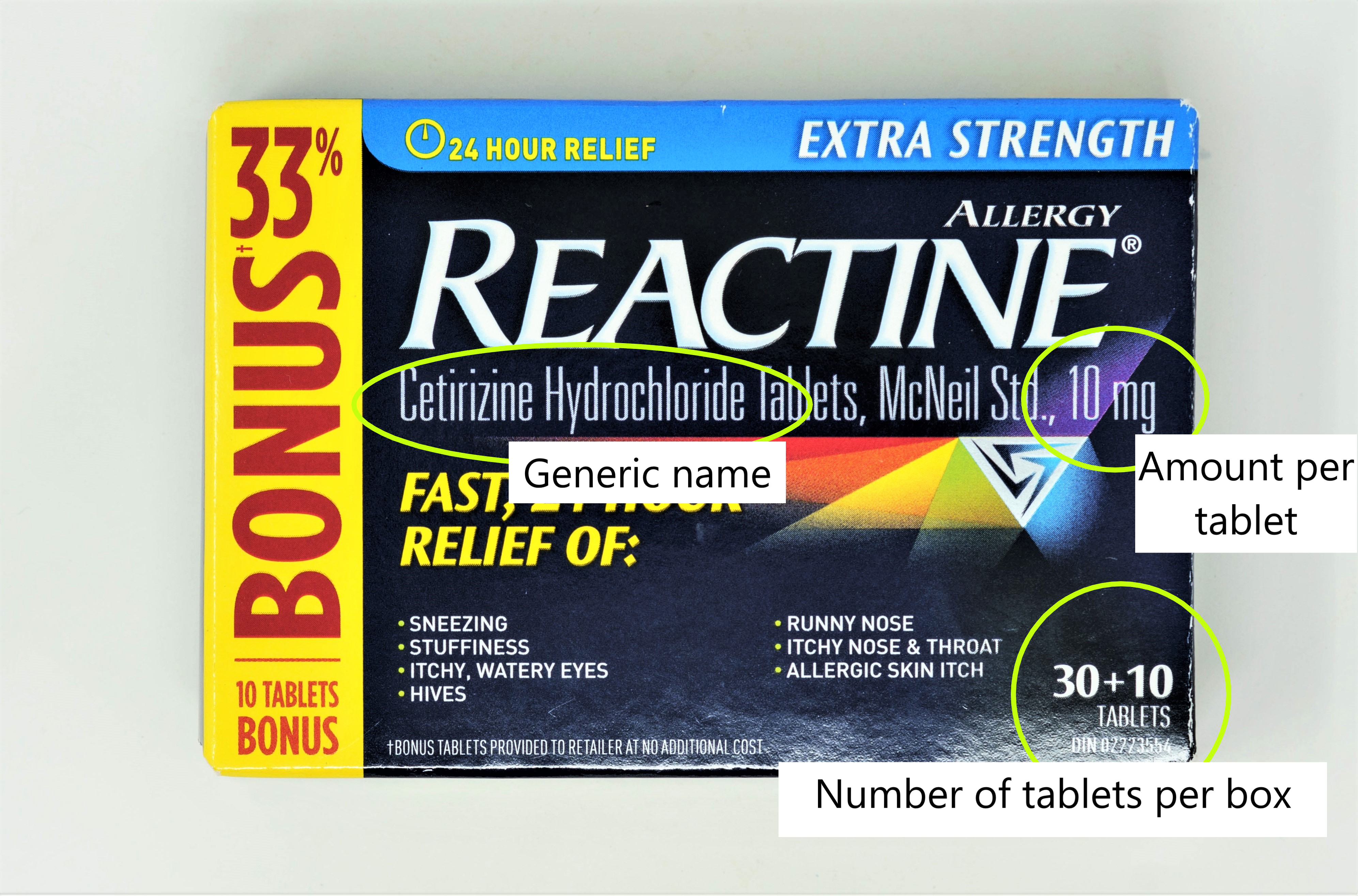
Example 1
Answer the questions related to the image of the package containing salbutamol nebules below.
- What is the volume of a single nebule?
- What dose of salbutamol is one nebule?
- What is the concentration of salbutamol?
- How many nebules are inside the package?
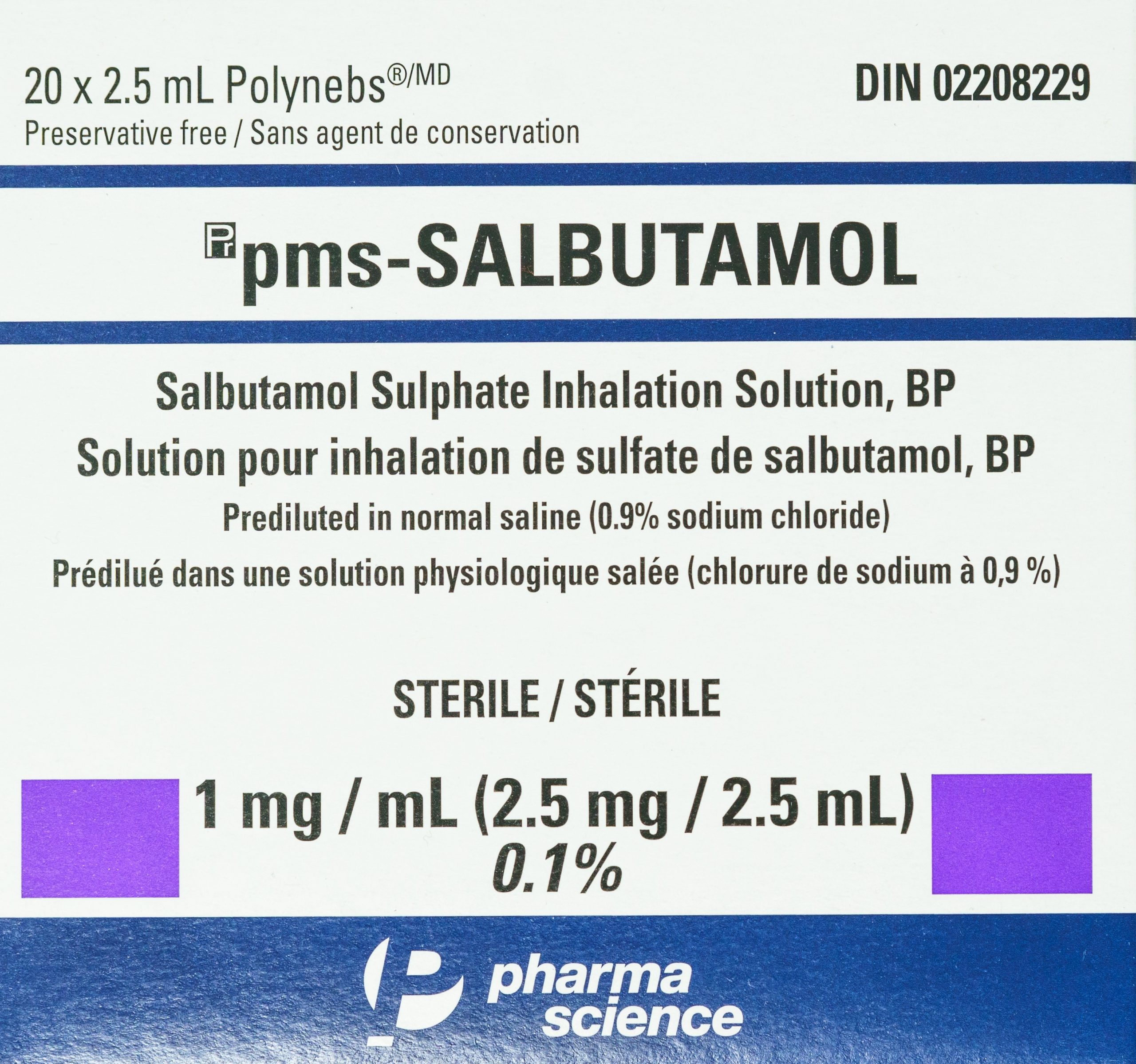
Answers:
- 2.5 mL. This is written in the upper left corner of the package.
- 2.5 mg. This is the amount of medication inside the total volume of one nebule. Sometimes, students mix up the total amount of medication with the amount related to the information about concentration. The total amount will always be the amount related to the information listed with the largest volume (the total volume in the container).
- 1 mg/mL
- 20. This is written in the upper left corner of the package.
Example 2
Answer the questions related to the image of the heparin vial below.
- What is the volume of liquid in the vial?
- What is the total amount of heparin in the vial?
- What is the concentration of heparin?
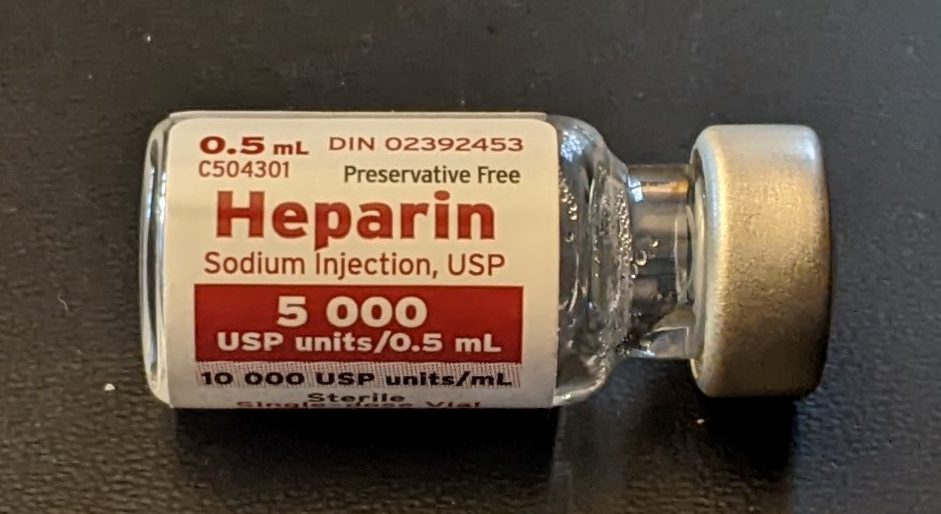
Answers:
- 0.5 mL. This is seen at the top left corner of the vial.
- 5 000 USP units. There is only 0.5 mL of fluid, therefore 5000 USP units.
- 10 000 USP units/mL. This is written below the quantity of the vial, in a smaller font.
Critical Thinking Question
When administering liquid medications, should you calculate the volume of liquid (eg. mL) or the amount of medication (eg. mg) first?
Answer:
Amount. The amount of medication is constant. The volume of liquid may change depending on the concentration of solution you are administering. It is important to know the volume you will administer as well, but it is based on the amount of medication you are giving. Ensure you know the amount of medication first, and then calculate the volume to administer, based on the concentration of the medication in the available supply.
Key Concepts
Key components of medication labels when preparing a medication dose:
- medication name
- quantity of medication
- volume of liquid (for liquid medications)
- concentration (for liquid medications)
- expiry date
Exercises Part A: Reading Medication Labels
Answer the following questions for each image included in this practice set. To check on the answers for a particular image, click on the word Answers below the image.
- What is the generic name of the medication in the image?
- What is the total amount in one dose of the medication?
Questions:
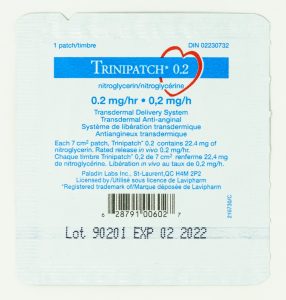
Answers:
- nitroglycerin
- 22.4 mg

Answers:
- dimenhydrinate
- 50 mg

Answers:
- beclomethasone dipropionate
- 50 micrograms (µg)
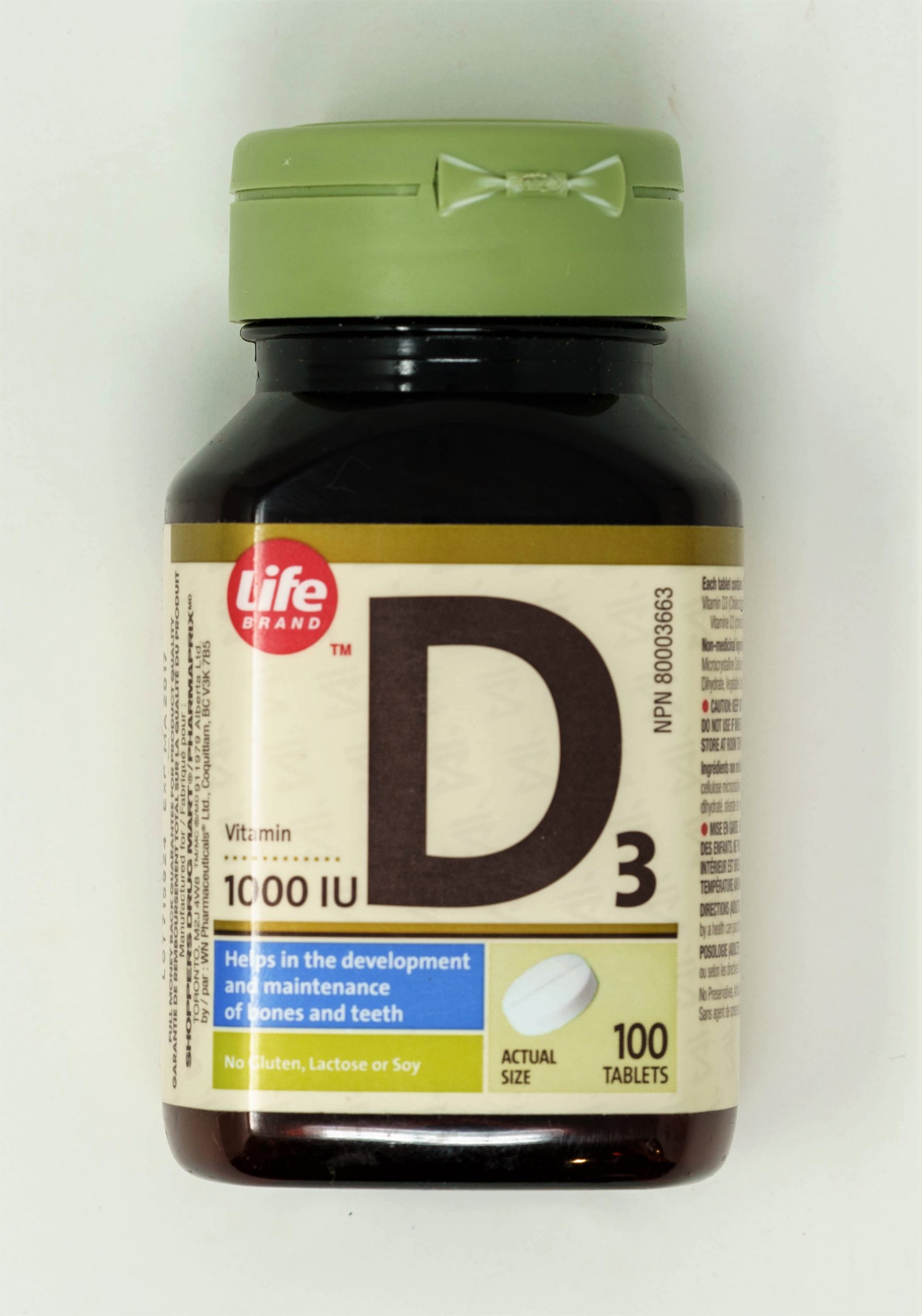
Answers:
- cholecalciferol – it is not visible on this bottle
- 1000 IU (in each tablet)

Answers:
- budesonide
- 0.5 mg. The total amount in one whole ampoule is 0.5 mg, as there is 2 mL in one ampoule.
Exercises Part B: Reading Medication Labels
Answer the following questions for each image included in this practice set. To check on the answers for a particular image, click on the word Answers below the image.
- What is the volume of liquid in the vial?
- What is the total amount of medication in the vial?
- What is the concentration of liquid?
Questions:
- methylprednisolone
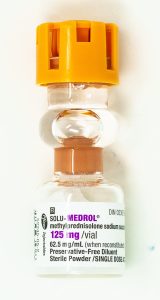
Answers:
- 2 mL (once the fluid above the rubber stopper is pushed into the main chamber of the vial)
- 125 mg
- 62.5 mg/mL
- tobramycin

Answers:
- 2 mL
- 80 mg
- 40 mg/mL
- amiodarone
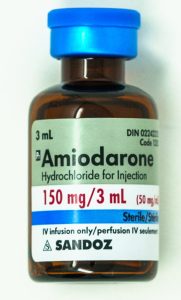
Answers:
- 3 mL
- 150 mg
- 50 mg/mL. The concentration is in brackets to the right of the total amount, it is hard to read in the image but you can also calculate the number of mg in each mL as you know the total volume and the total amount (in mg) of medication.
- phenytoin
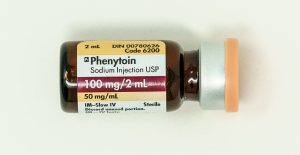
Answers:
- 2 mL
- 100 mg
- 50 mg/mL
- metoclopramide
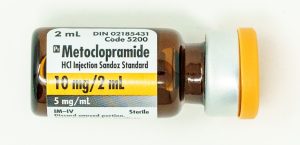
Answers:
- 2 mL
- 10 mg
- 5 mg/mL

